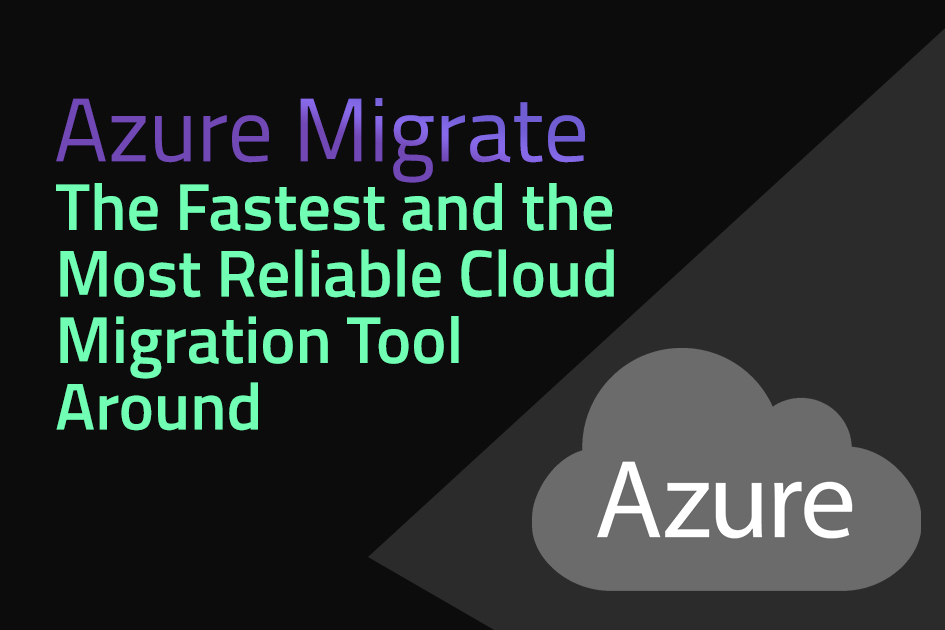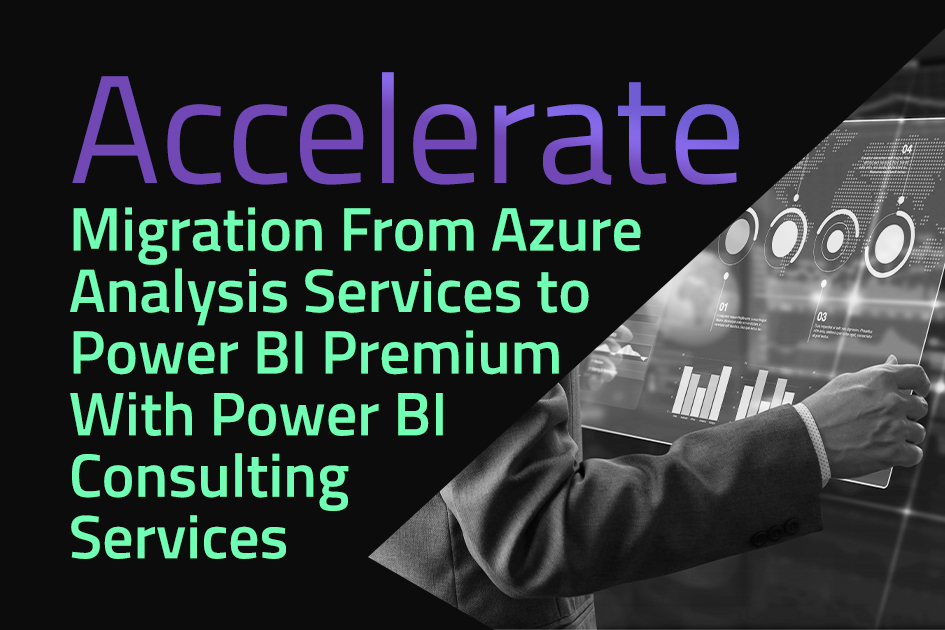
Azure is quickly evolving as one of the highly preferred cloud platforms because of its services such as Software as a Service (SaaS), Infrastructure as a Service (IaaS), and Platform as a Service (PaaS). Some of the numerous benefits of Azure cloud support are a boost in productivity, more business agility, and reduction in operational expenditure.
It requires a well-defined Azure cloud migration strategy to reap these benefits. As an enterprise, you must understand that the Azure cloud migration process involves major changes. These changes will be reflected across your operational framework, IT ecosystem, and workforce management. Considering all these changes will pave the way for an all-around successful Azure cloud migration.
On this note, we will provide you with actionable insights into how to create and execute a robust Microsoft Azure cloud migration strategy.
Microsoft Azure Cloud Migration Strategy- An Overview
Here’s what a successful Microsoft Azure migration strategy must include:
Assessment
It is essential to evaluate the in and out of your legacy infrastructure. This helps you to determine the right Azure cloud migration process roadmap.
- Assess the kind of tools you need to migrate your physical and virtual servers to the cloud platform.
- Check if you have the required quality of a virtual network that can sustain the performance level and stability on a cloud platform. Assess the number of subnets you require and the way to manage DNS.
- Assess the kind of storage services you will need as per the hot (data that will be frequently accessed) and cold (data that is infrequently accessed or stored for recording purposes) nature of your data.
- Calculate the total cost of ownership (TCO) of your existing infrastructure to create a baseline that you can use to estimate the TCO in the cloud.
Migration
The assessment indicates the right kind of Azure migration services strategy that suits your operations. Here’s looking at the four cloud strategies.
- Lift and shift also referred to as rehosting migrates on-premises applications as-is into the cloud. It involves minimal code changes that expedite the migration process.
- Refactoring modifies and upgrades your legacy applications to integrate them with Microsoft Azure IaaS and PaaS applications in the cloud.
- Rearchitecting alters the codebase of your existing application to prepare them to function in the cloud.
- Rebuild involves rebuilding an application from scratch to make it a cloud-native product.
Optimization
In this stage, you must optimize certain aspects of your migrated applications to make Azure cloud support more cost-effective and beneficial.
- Use the right kind of tool like Azure Cost Management to analyze and optimize your expenditure on the cloud platform.
- Fit your daily workloads effectively into the cloud platform by using tools like Azure Reserved Virtual Machine Instances and Azure Hybrid Benefit.
- Modify your migrated workloads to turn operations more cost-effective on the Azure cloud platform.
Security and Management
You must understand and manage the security of your newly migrated cloud applications. At this stage, you must gain familiarity with security tools and recommendations advised by the Azure cloud support.
- Use site-to-site or point-to-site VPN gateways and Azure Disk Encryption to secure both data in transit and data in rest during an Azure cloud migration process.
- Create a backup of your application data to prevent data leakage, breach, and outages.
- Use tools such as Azure Traffic Manager to monitor and manage your entire cloud infrastructure.
Azure Migration Services- Best Practices
Here’s enlisting the top 5 best practices that will help you make the most of your Microsoft Azure cloud migration.
- There are two stages of data that are handled by Azure cloud migration services providers. The stages are at rest (data that is already migrated and stored in digital formats) and in transit (data in motion during an active migration). You must employ data security measures that are specific to the stages. For instance, site-to-site encryption VPN gateways guard data in transit. Azure Disk Encryption encrypts data stored in Windows platform and Linux IaaS virtual machines.
- You must create epics that signify a data center in your project management tool. This practice is essential if you have multiple data centers to deal with. This will help you understand the outcome of migrating a particular data center. You can prioritize the epics based on this understanding.
- Applications used by an organization are either interconnected or connected to a single source. It is crucial to take into account these connections in the strategy phase. You must create a clear migration roadmap that features these interdependent apps and advise connection configuration to ensure seamless app functionality post-migration.
- There are chances of your data load overriding the network capacity while being migrated to the cloud. To avoid such a situation, it is recommended that you estimate the inventory size of the data to be migrated. You can use this inventory as a benchmark to determine the suitability of your network bandwidth. Tools like the Azure data box can be used to transfer large volumes of data to the cloud before a workload migration.
- It is highly recommended that you utilize the cloud adoption framework governance model. Based on the minimum viable product concept, it creates multiple iterations of migration approaches. The iterations will help you determine the potential governance risks of those approaches. You can conclude the best Azure cloud migration approach based on the best governance maturity level exhibited by the iterations.
How We Assist You with Seamless Azure Cloud Migration Services?
We understand that each industry vertical has unique IT and operational ecosystems. Therefore, we walk extra miles to ensure that our Azure cloud migration services are attuned to the objectives and governance models you follow.
Our experts create extensive readiness assessment reports. These reports pinpoint the hardware and software components that are fit for migration. We understand the nature of your IT and hardware setup and create the migration roadmap accordingly.
We help you make the most of Azure cloud migration by recommending the best tools. These tools amplify your application performance to meet your dynamic operational requirements. Azure virtual machines boost your control over your cloud-based environment. It allows you to maintain the virtual hub without procuring any costly hardware.
We assign a team of specialists who are tasked to continuously monitor application performance, data security, compliance, and other factors on the cloud. Our highly configurable cloud recovery services protect your cloud server data and resources natively. We conduct failover and test migration steps on your data backup to ensure its 100% functionality at the time of disasters.
Who We Are and Why Are We Considered as An Industry Authority?
This article is penned by experts at Flatworld Edge, a prominent Azure cloud migration services provider. The scopes of our services include application migration, infrastructure migration, DevOps implementation & consulting, and others.




